The first time you step into a Muay Thai gym, you might think the toughest part is the sweat dripping from endless rounds on the pads or the sting of your shins against the heavy bag. But the truth is, the hardest fight doesn’t happen in your muscles; it happens in your mind. The mindset of a fighter is what carries you forward when your body begs to quit. It’s what keeps you calm when someone’s trying to knock you off balance, and what makes you show up to train even when no one is watching.
And here’s the best part: this mindset isn’t something you’re born with. It’s something you build, round by round.
Core Elements of a Fighter Mindset
When you watch a fighter in the ring, you don’t just see technique, you see years of mental training at work. The mindset of a fighter is built on a few unshakable pillars.
1. Discipline
Anyone can train when they feel motivated. Fighters train on the days they don’t. Discipline is setting the alarm, wrapping your hands, and stepping onto the mats even when every excuse tells you to stay home.
2. Resilience
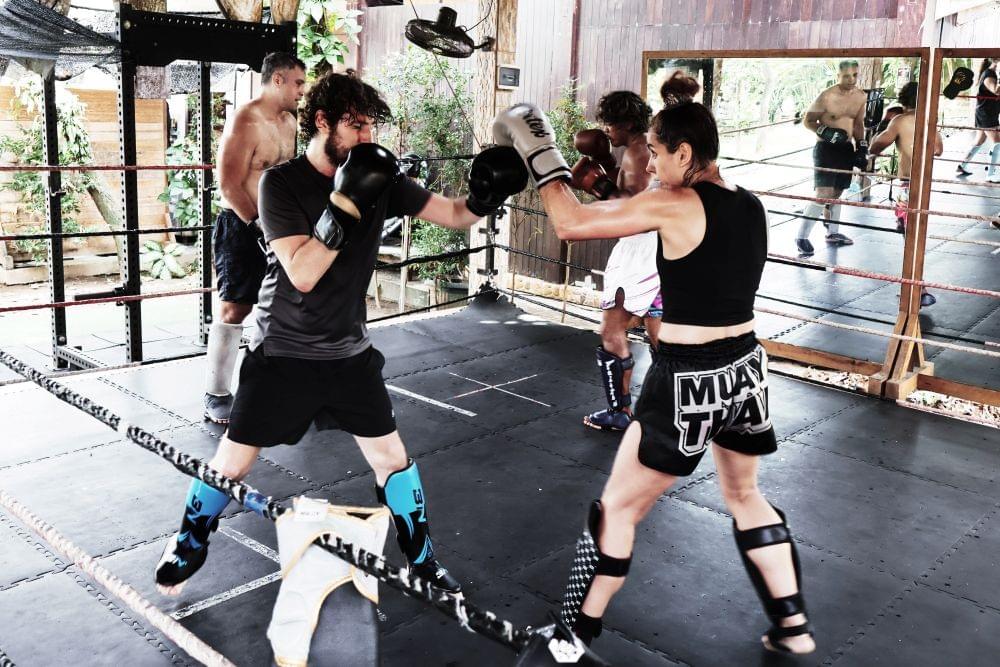
Every fighter loses, whether it’s a round in sparring, a match in competition, or even just a tough day in training. The difference is how quickly you stand back up. Fighters treat setbacks like lessons, not roadblocks.
3. Focus
In the middle of a fight, the crowd is loud, the adrenaline is high, and distractions are everywhere. The fighter’s mindset cuts through the noise, locking in on the next move and nothing else.
4. Confidence
Confidence isn’t cockiness; it’s trust in your preparation. It’s knowing that the hours you’ve spent on the bag, in the clinch, and running the streets have built a version of you that’s ready to step into the fire.
How to Develop a Fighter Mindset
1. Set clear goals and track progress
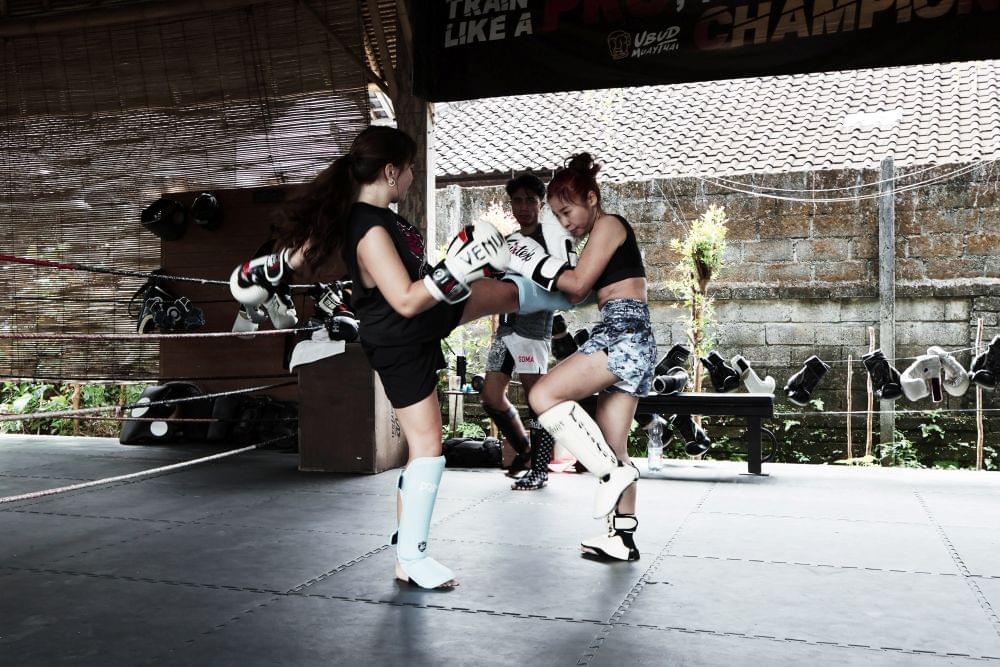
Every fighter needs a target to aim for; without it, training feels like drifting. Setting clear, measurable goals (such as improving your kick count, sparring rounds, or even entering a competition) gives structure to your efforts and something tangible to work toward.
Tracking progress, whether through journaling, video reviews, or coach feedback, keeps you accountable and shows you the small wins along the way. Over time, these small wins compound, building confidence and momentum that reinforce the mindset of a fighter.
2. Embrace discomfort as part of growth
Growth never happens inside your comfort zone. The lactic burn in your legs, the exhaustion after back-to-back pad rounds, or the frustration of being clinched and swept, these are the exact moments where resilience is forged. By deliberately pushing yourself through discomfort, you teach your mind to stay calm and focused under pressure.
This ability to adapt and push forward when things get tough is what separates a fighter from someone who simply trains for fitness.
3. Learn from failure instead of avoiding it
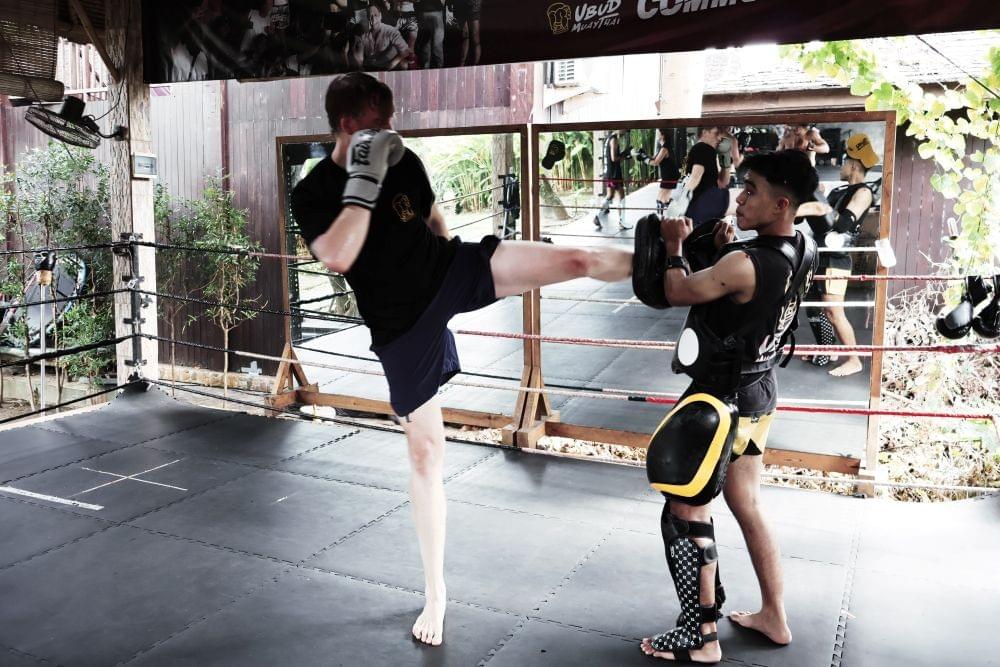
In the gym and in the ring, failure is inevitable, but it’s also one of your greatest teachers. Missing a combination, losing balance, or even dropping a sparring round doesn’t define you; how you respond does.
Fighters review their mistakes, break them down, and turn them into learning opportunities for the next session. This habit transforms setbacks into stepping stones, ensuring every “loss” moves you closer to long-term success.
4. Surround yourself with supportive, like-minded people
No fighter succeeds in isolation. Training partners, coaches, and teammates create the environment that fuels growth. Surrounding yourself with people who hold high standards, push your limits, and celebrate your progress builds accountability and resilience. Being part of a strong community helps you stay consistent, motivated, and inspired to keep moving forward.
Training the Mind Like You Train the Body
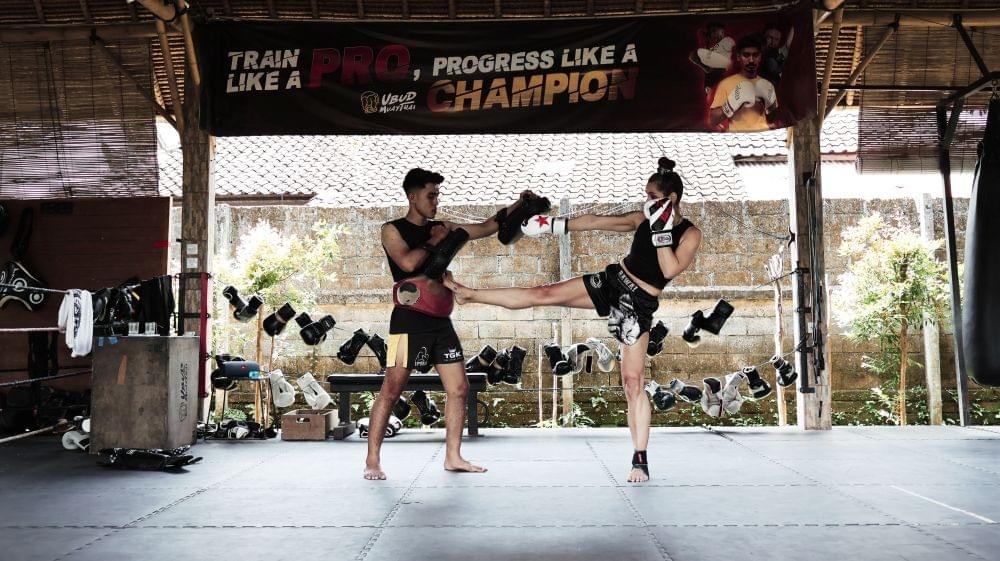
1. Visualization techniques for performance
Before a fight or even a tough training session, visualization helps prepare your mind as much as your body. By mentally rehearsing clean strikes, sharp footwork, and composed reactions, you program your brain to recognize success before it happens.
When pressure hits, the body follows the patterns the mind has already run through. Over time, this practice builds confidence, reduces nerves, and creates a sense of familiarity in high-stress situations.
2. Mindful breathing to control emotions
Fights and sparring can trigger adrenaline spikes, which cloud judgment and cause panic. Mindful breathing, such as inhaling for four counts and exhaling for six, teaches you to take control of your nervous system.
This calms the body, sharpens focus, and allows you to think clearly in moments when others might freeze. Just like shadowboxing for technique, regular breathing practice makes composure an automatic response under fire.
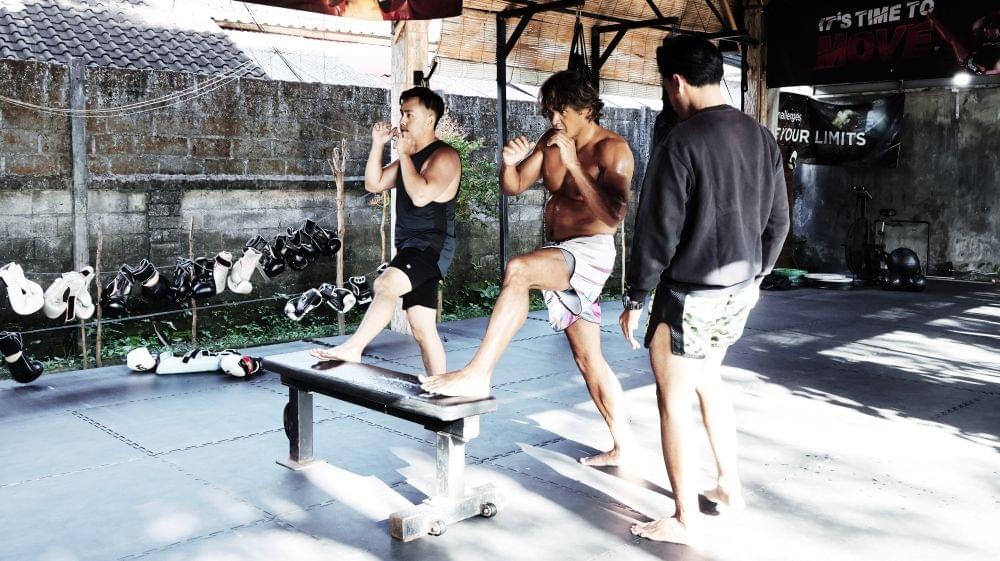
3. Positive self-talk to reinforce belief
The words you feed yourself matter. Instead of letting doubt take over (“I’m too tired,” “I can’t handle this”), fighters reframe with affirmations and tactical cues (“Stay sharp,” “I finish strong,” “Hands back to guard”).
Over time, this self-talk rewires your mindset so that belief becomes second nature. It’s not empty hype; it’s reinforcing discipline, focus, and confidence in the exact moments you need it most.
The mindset of a fighter isn’t about being fearless; it’s about choosing to keep going despite fear, fatigue, and failure. It’s discipline in the morning, resilience after setbacks, focus in the storm, and confidence when you step forward.
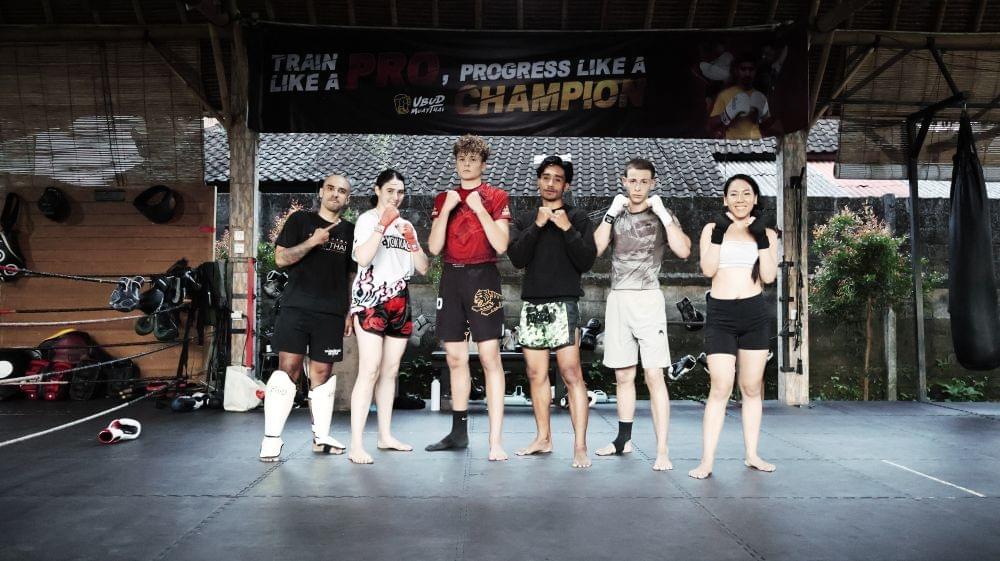
At Ubud Muay Thai, we see this transformation happen every day. People walk in as students and walk out a little stronger, not just in body, but in mind. If you’re ready to test yourself, to see what you’re capable of, and to start building the fighter’s mindset, join us in Bali. Train with our trainers, step into our community, and discover what it feels like to think and fight like a true fighter.

